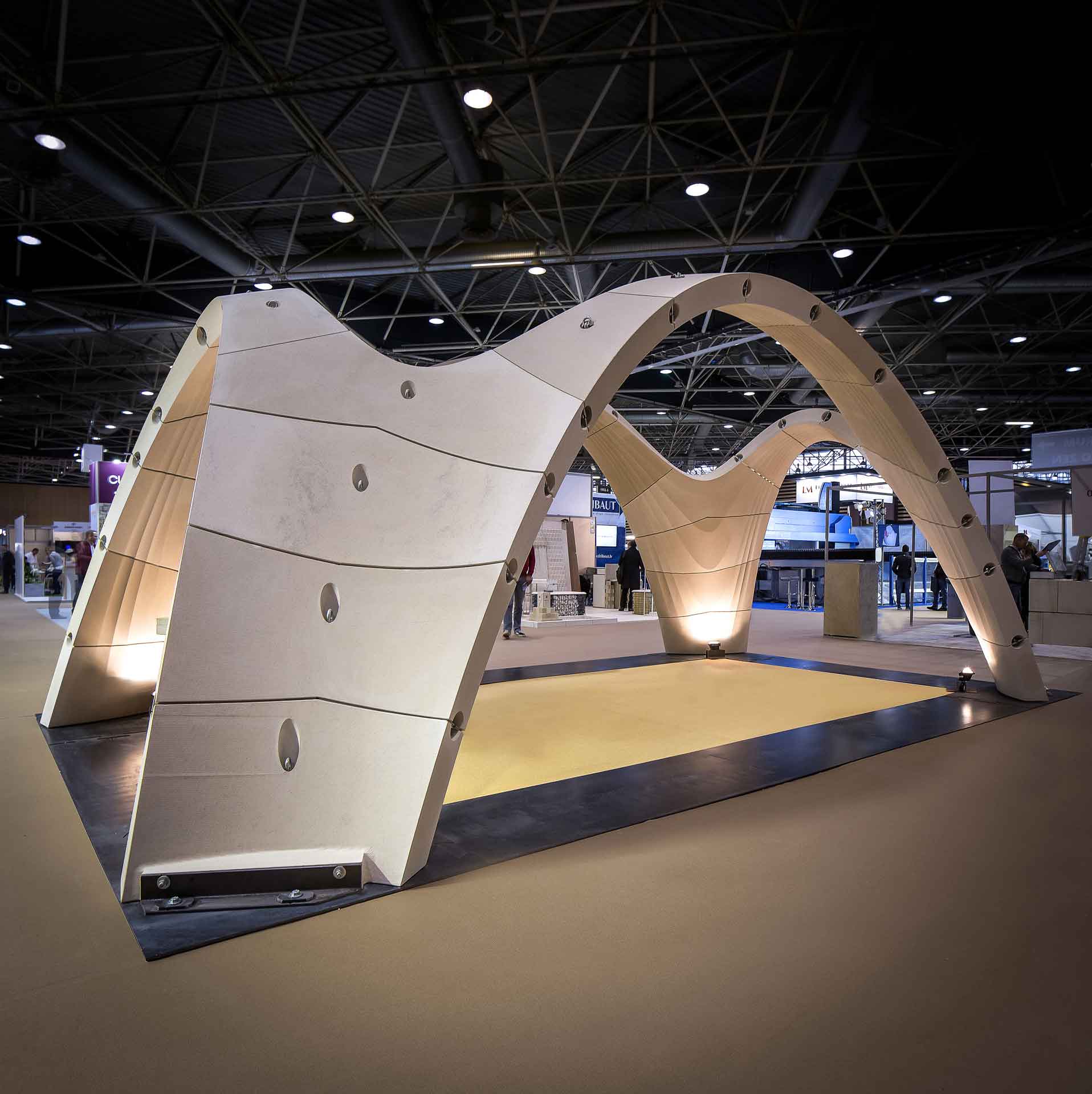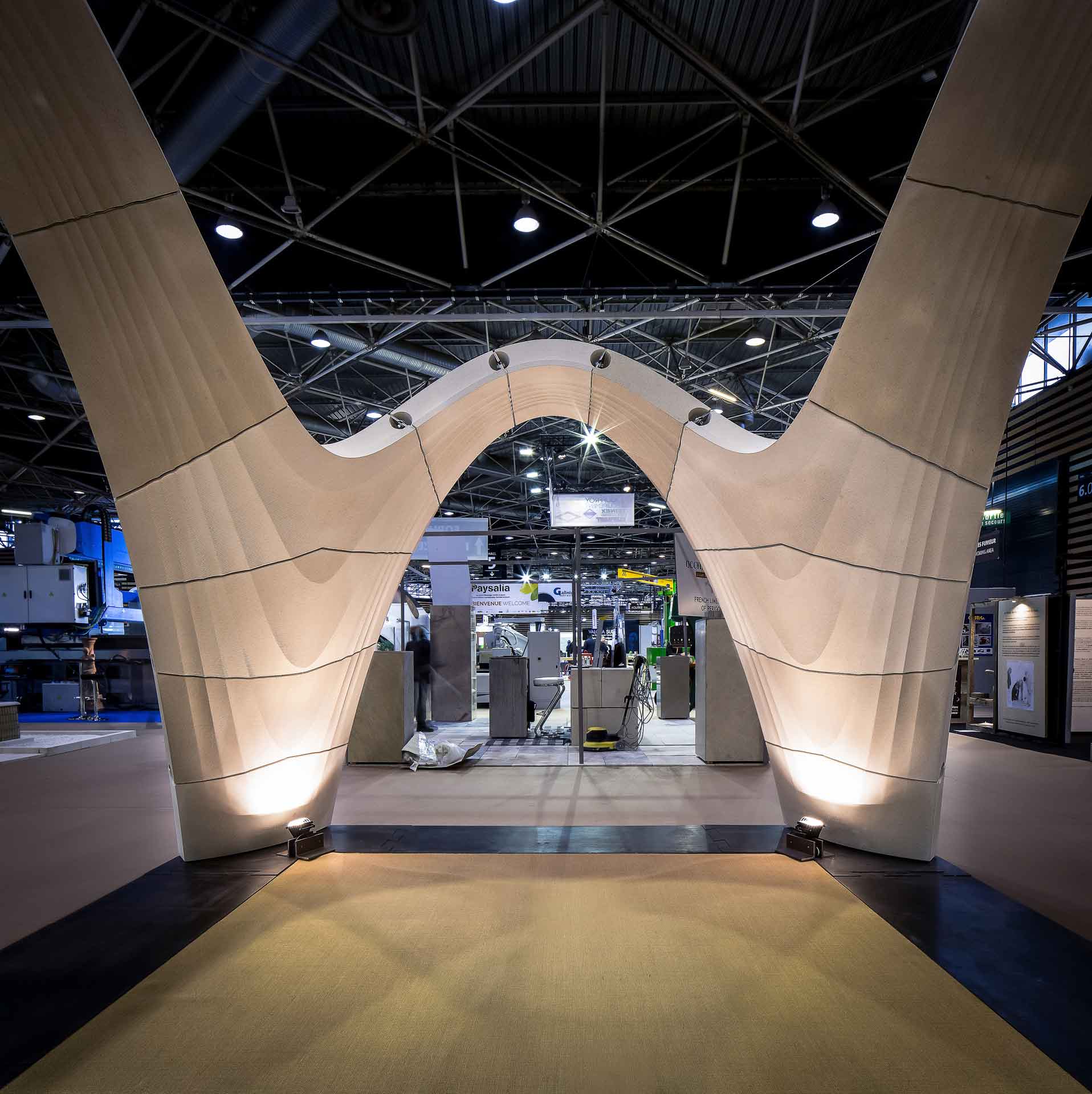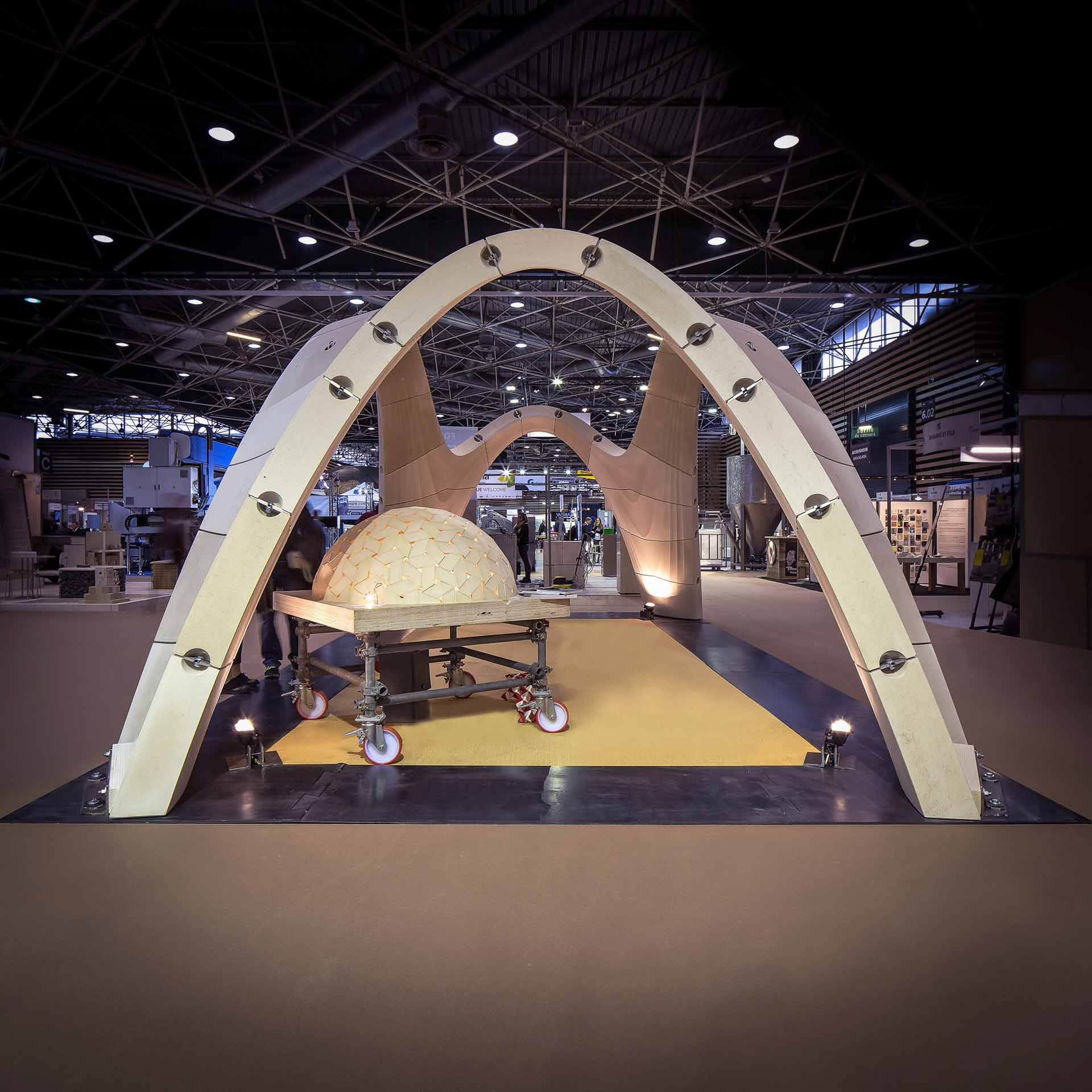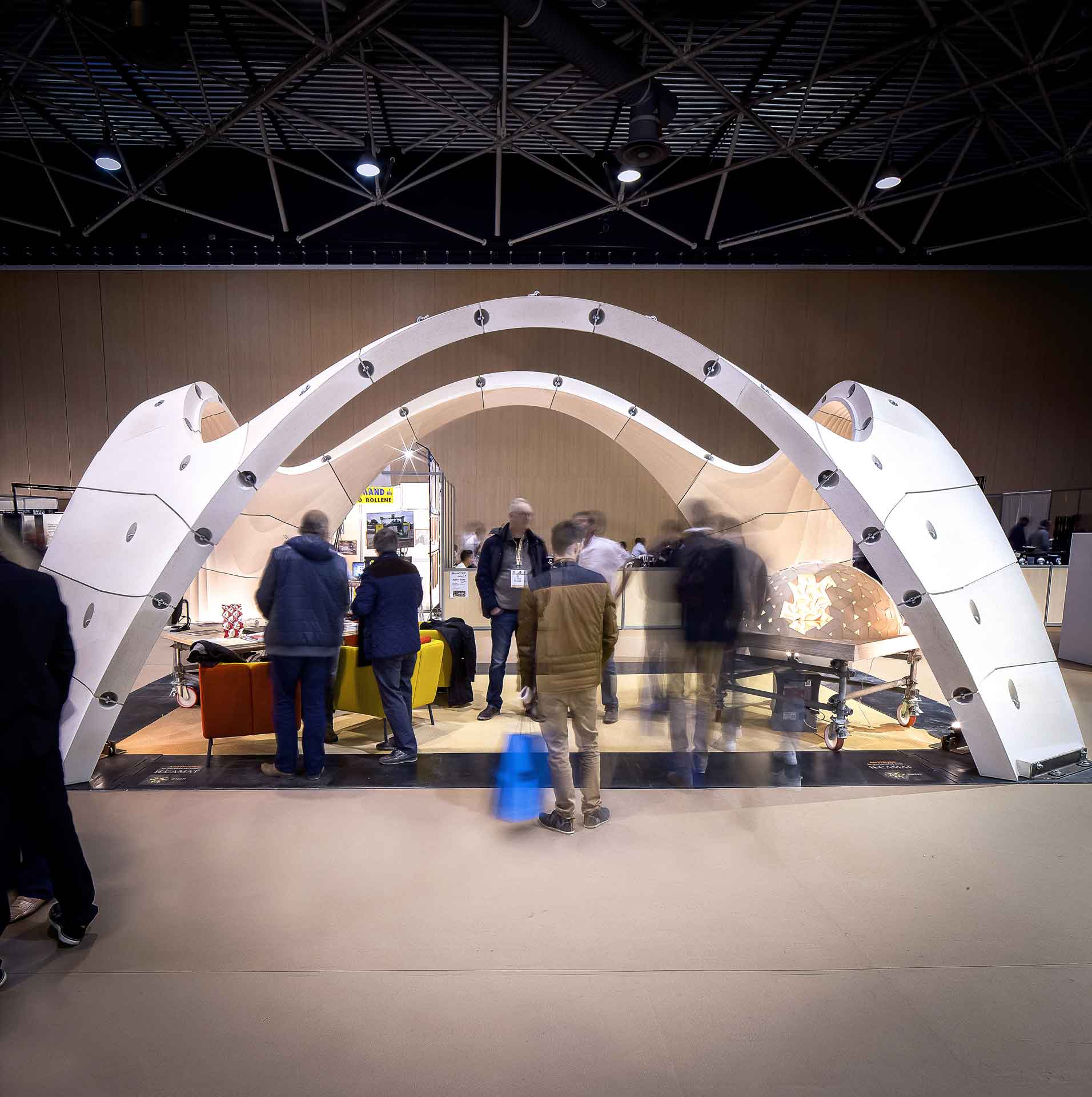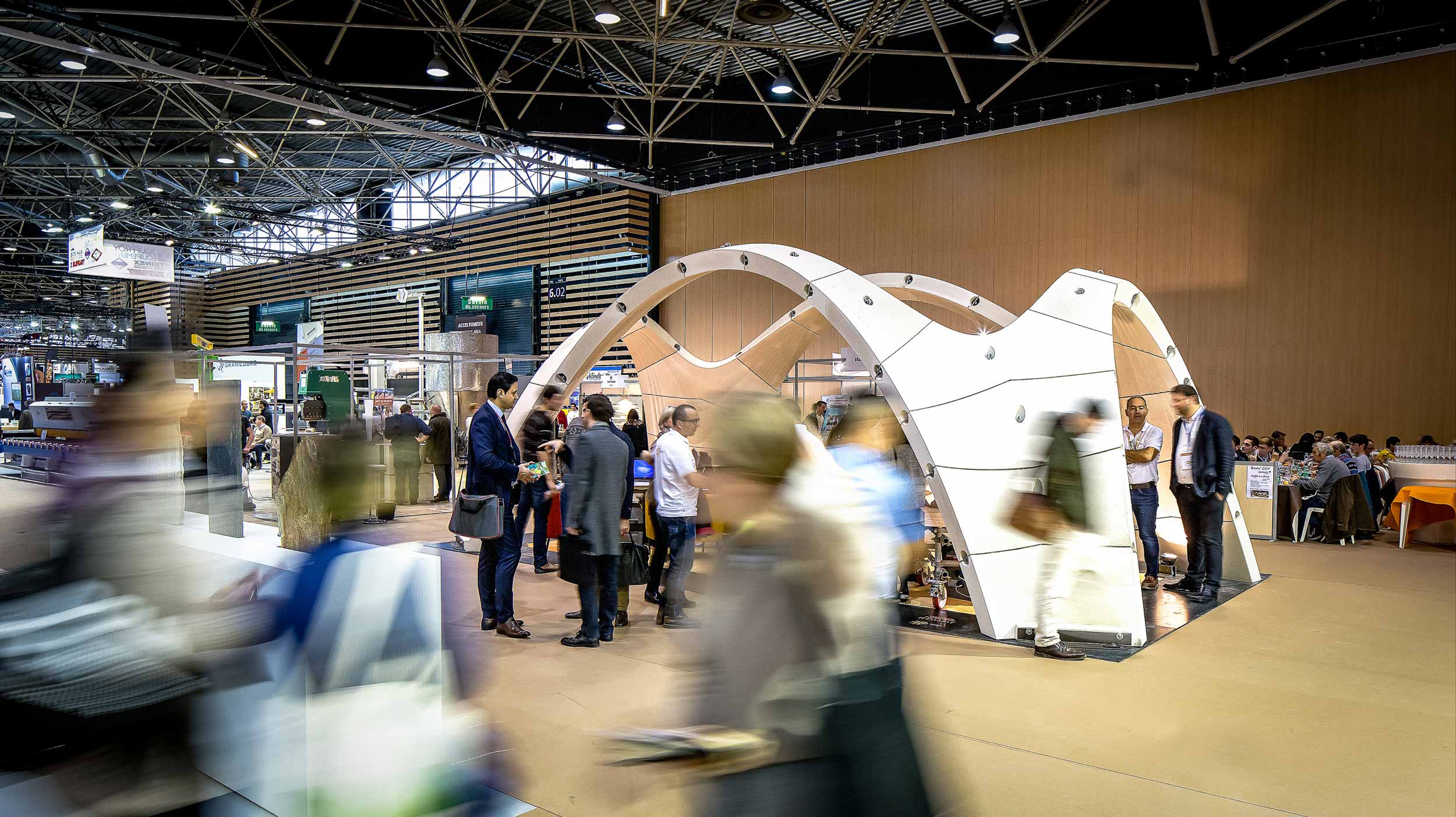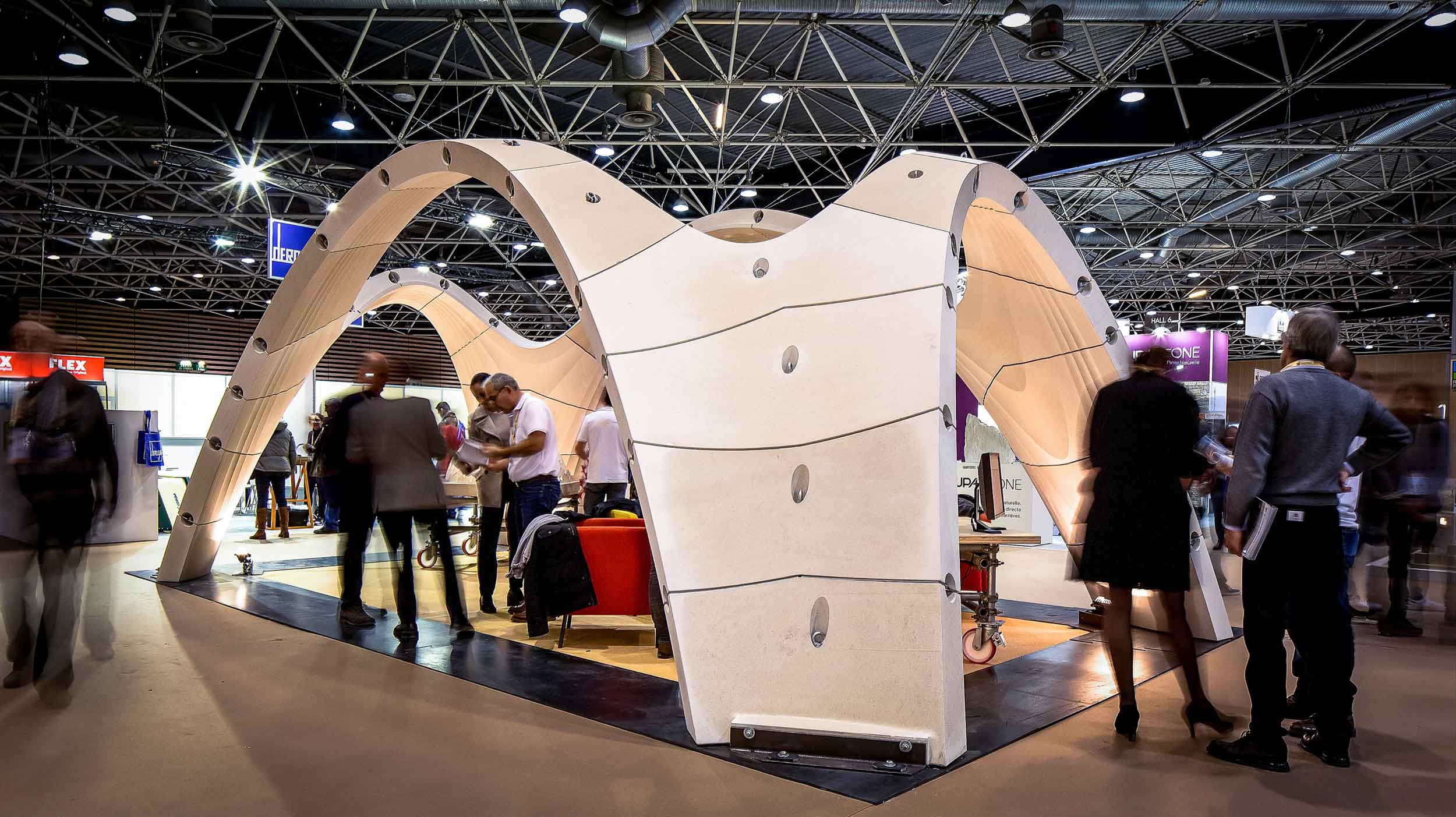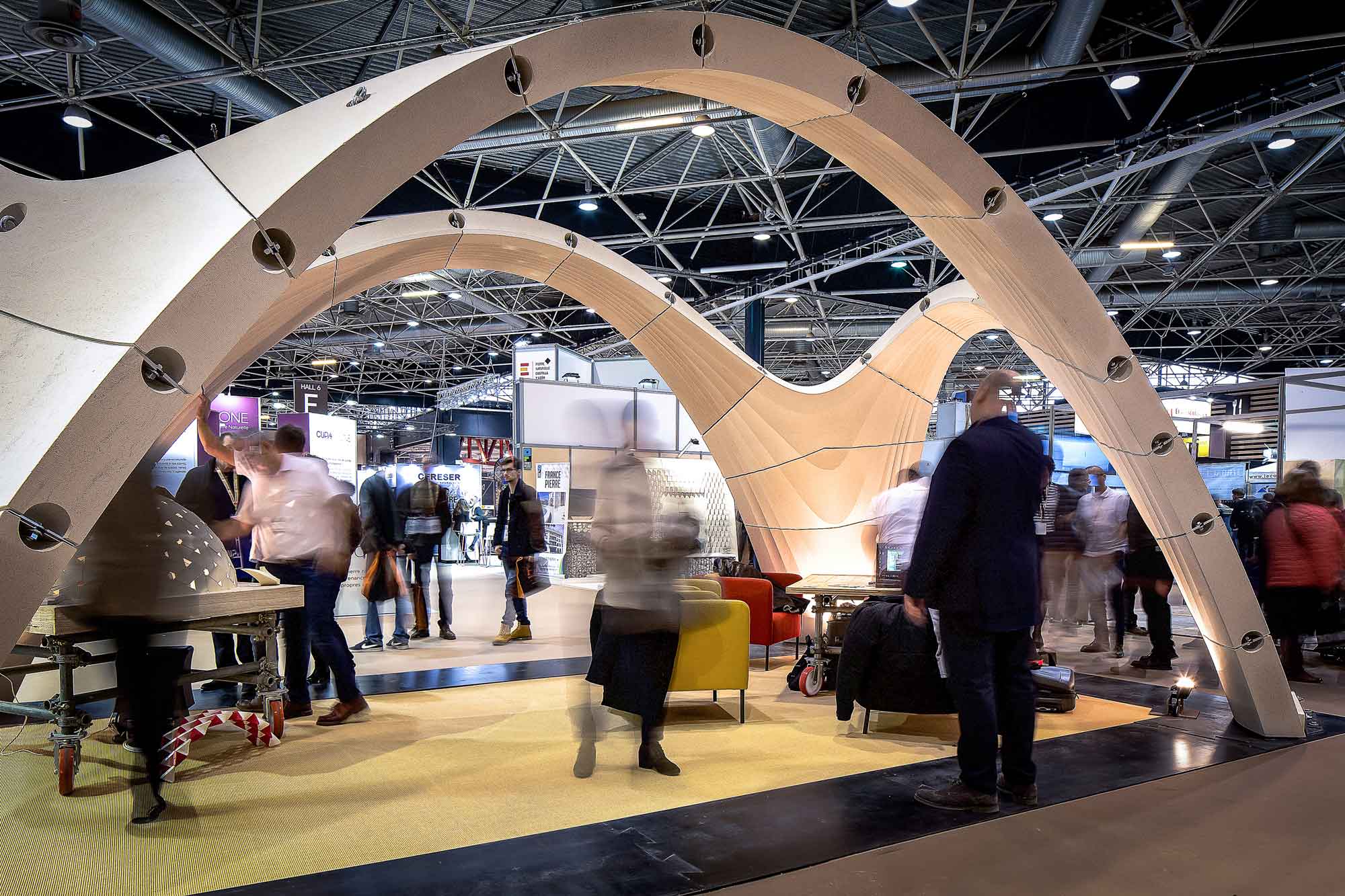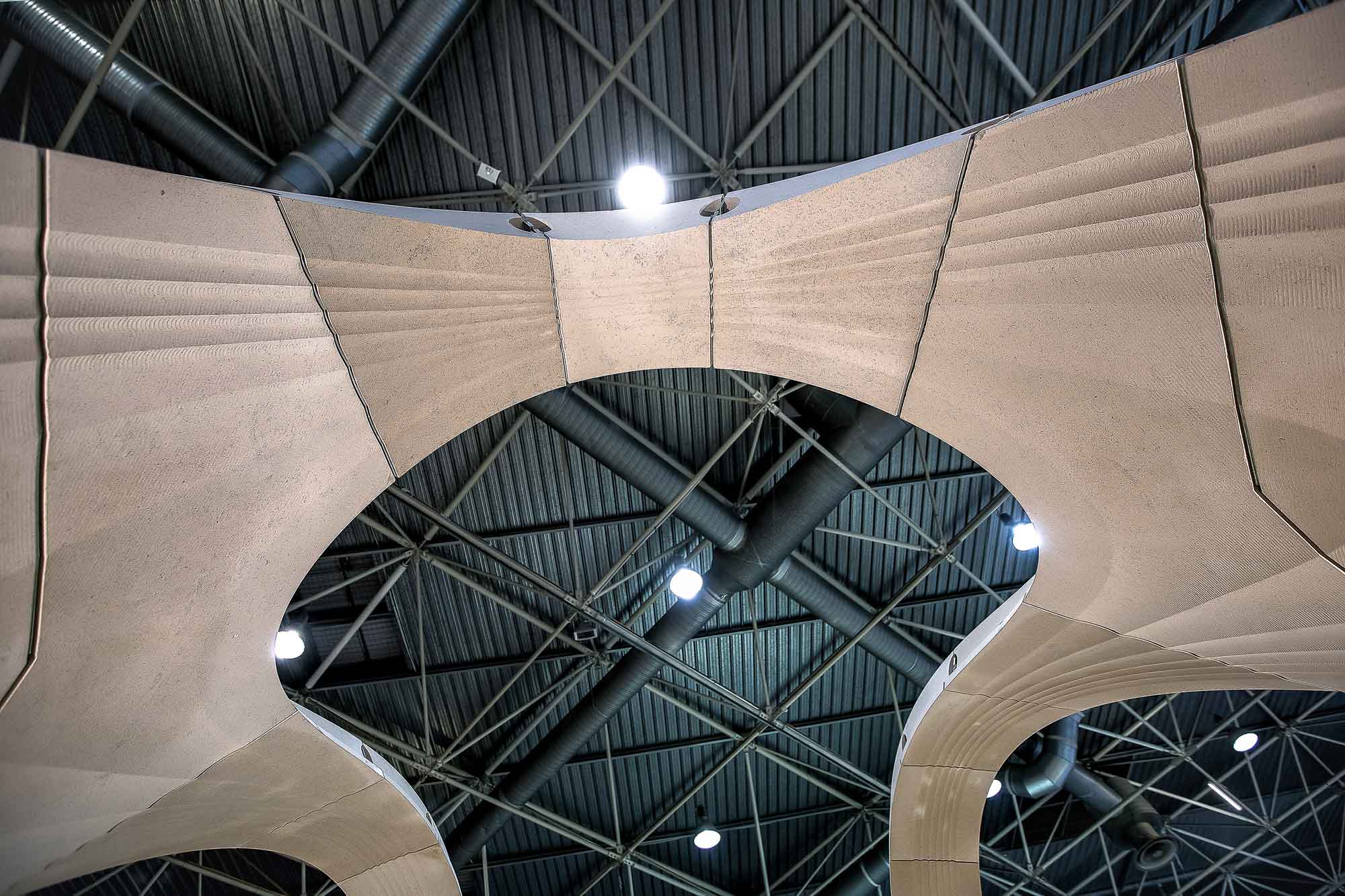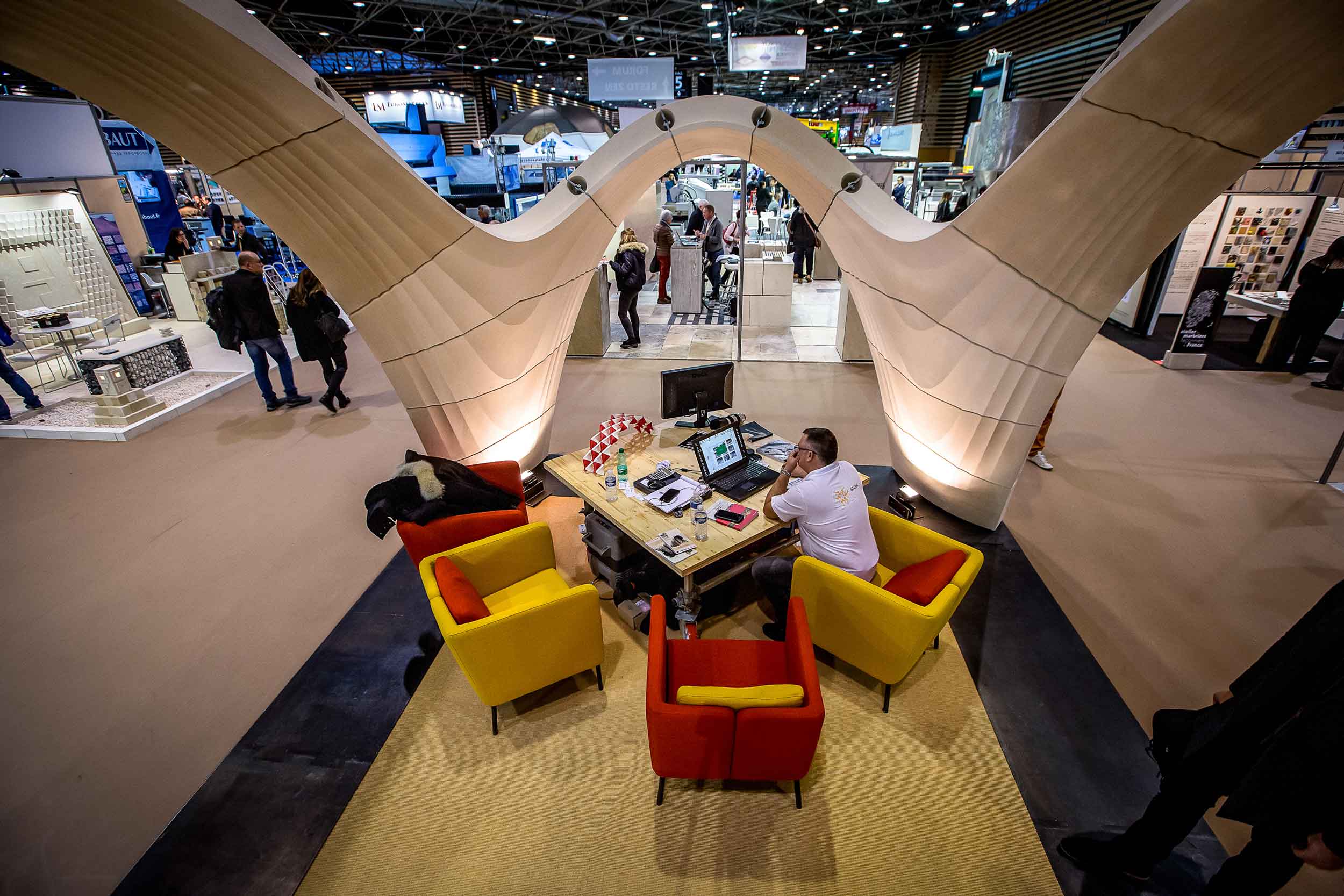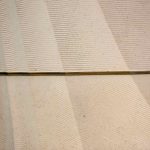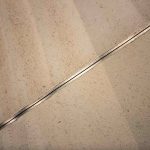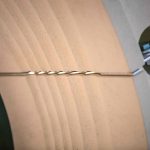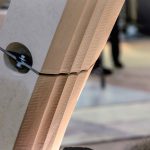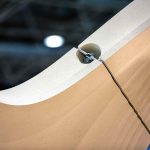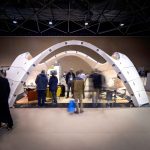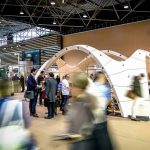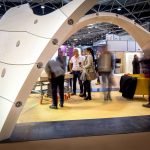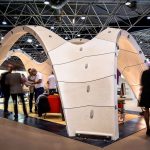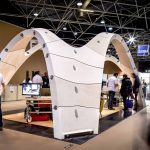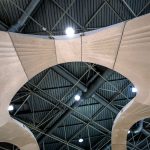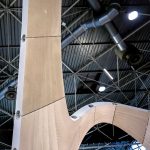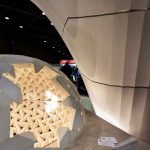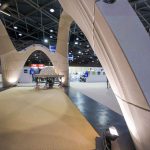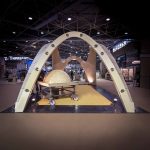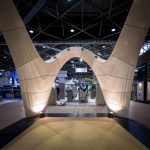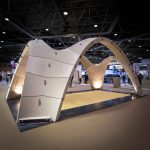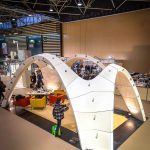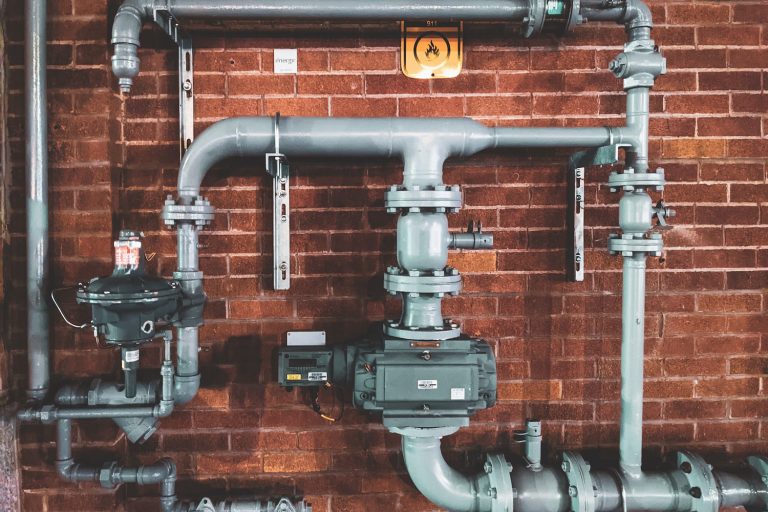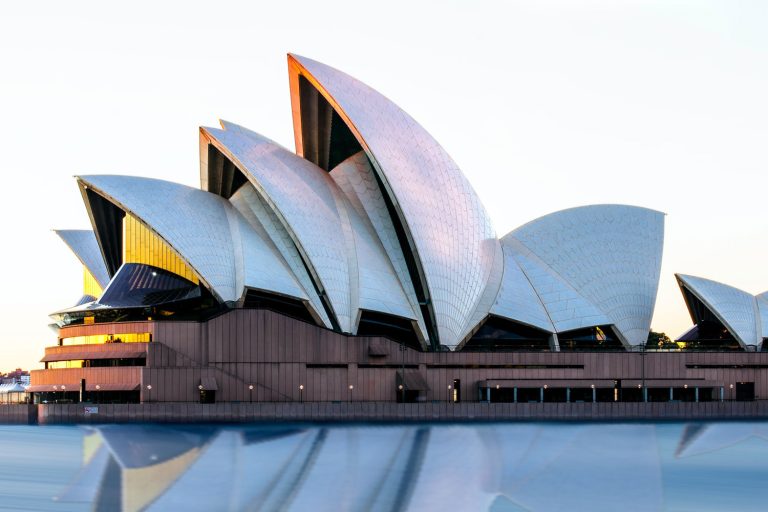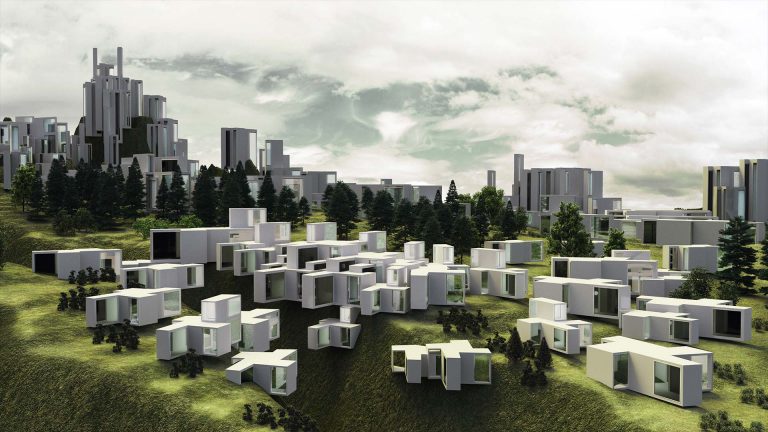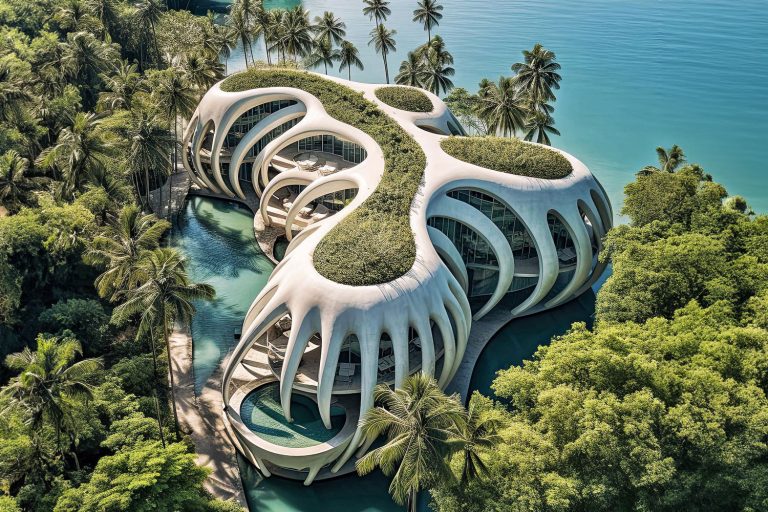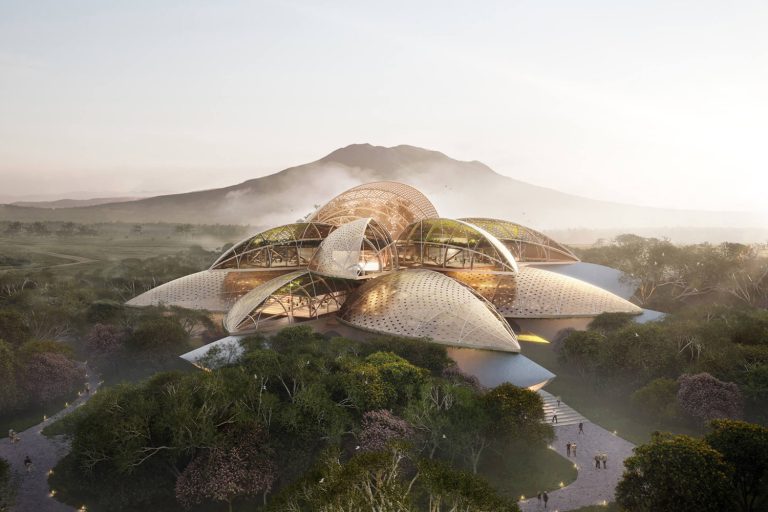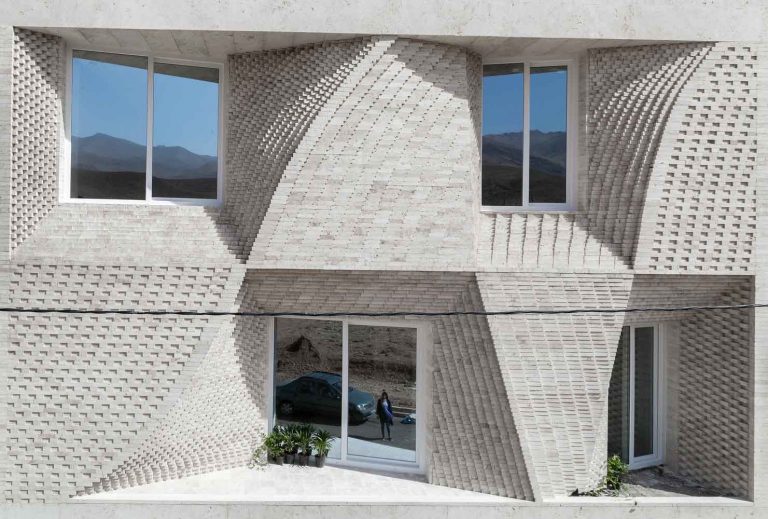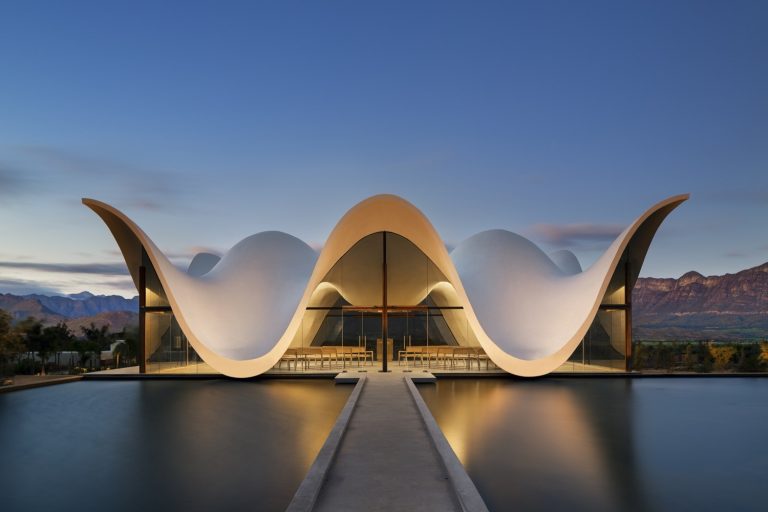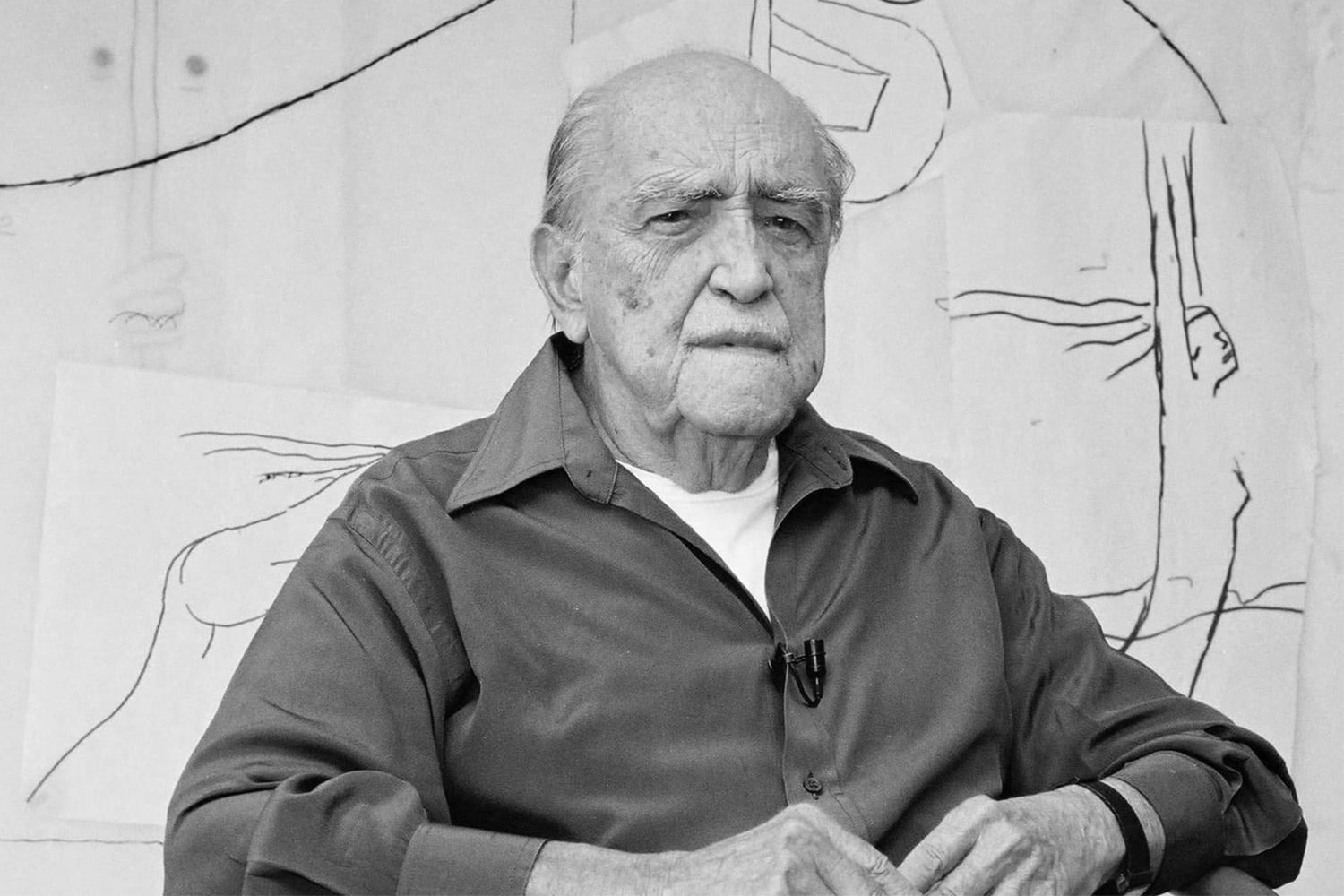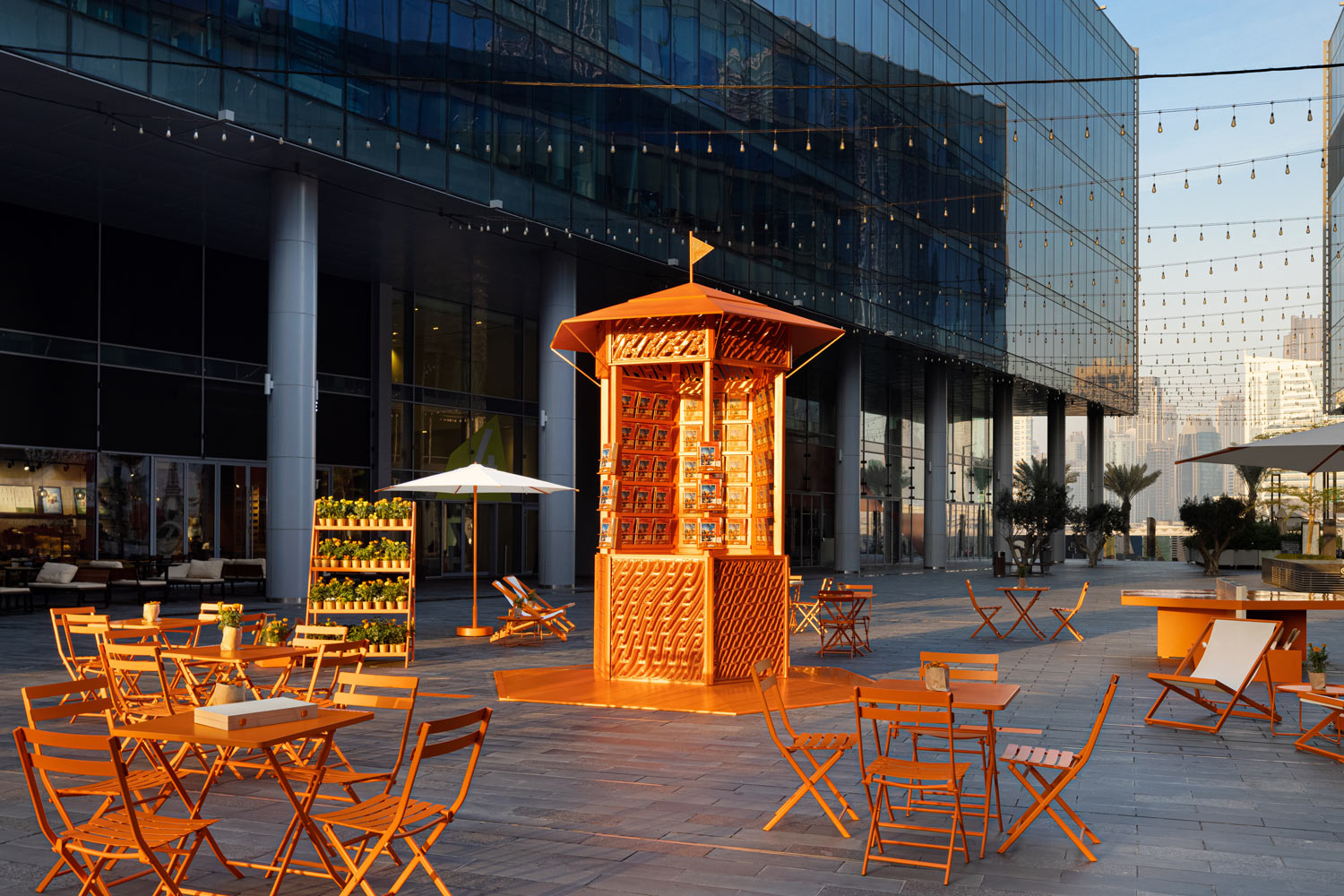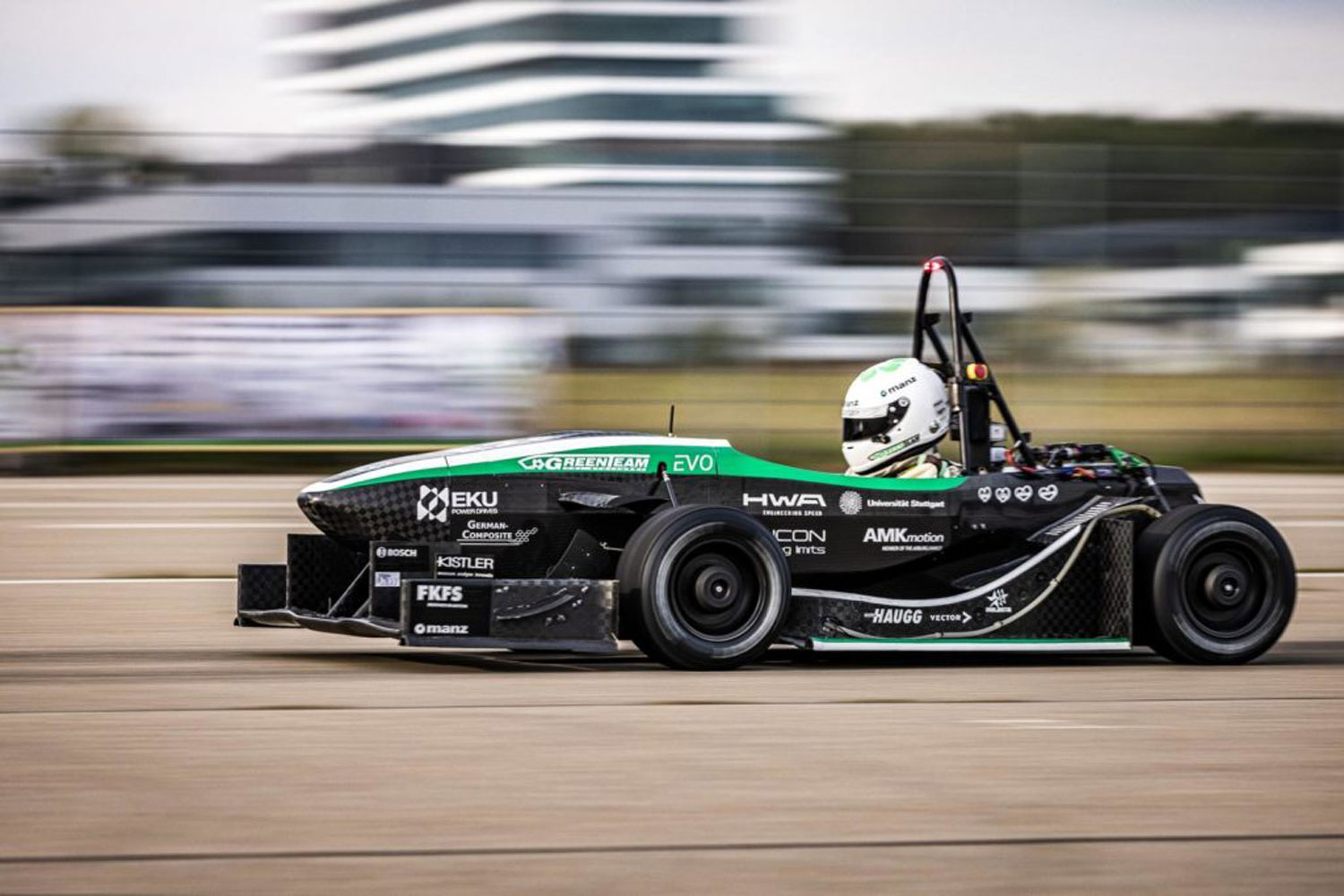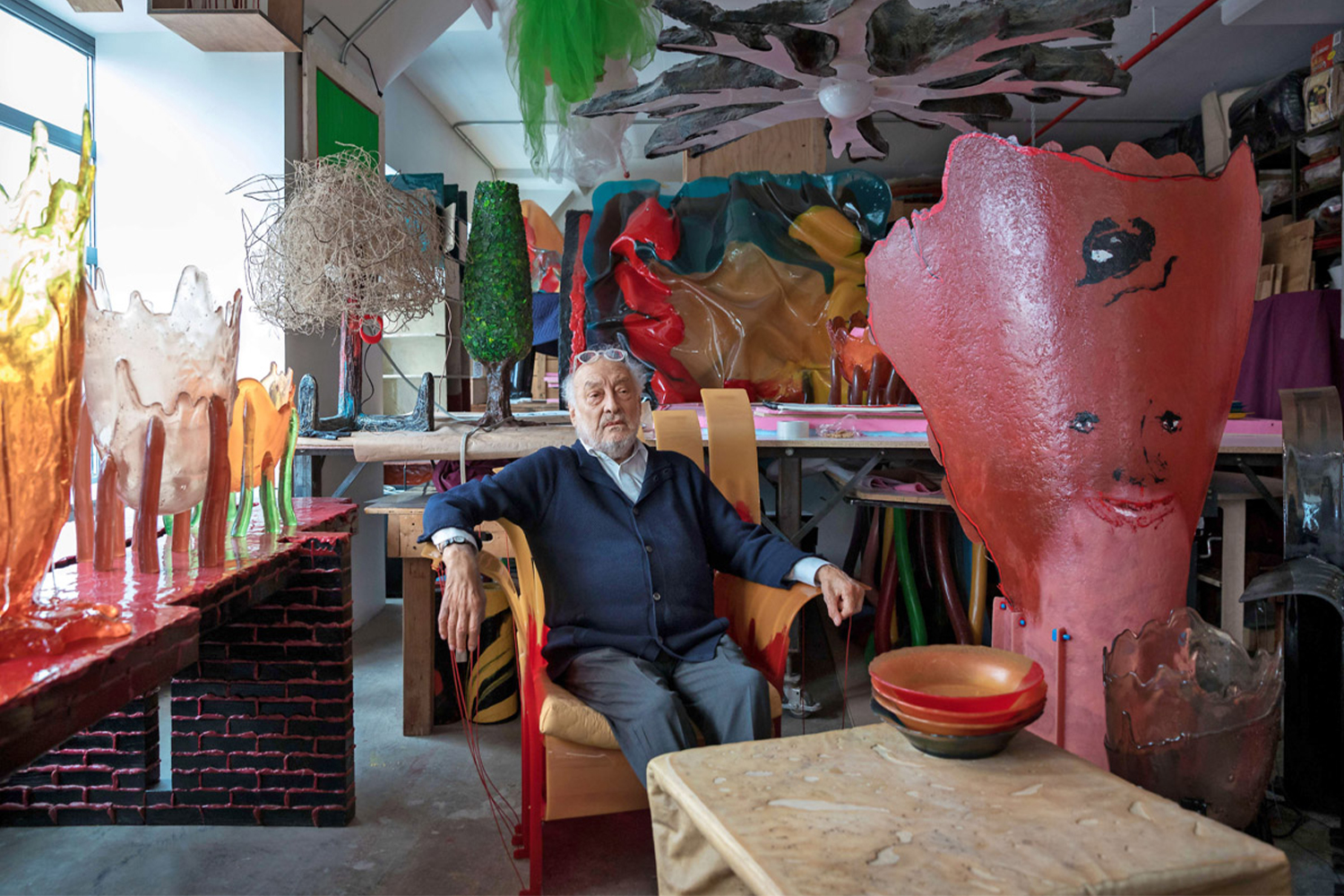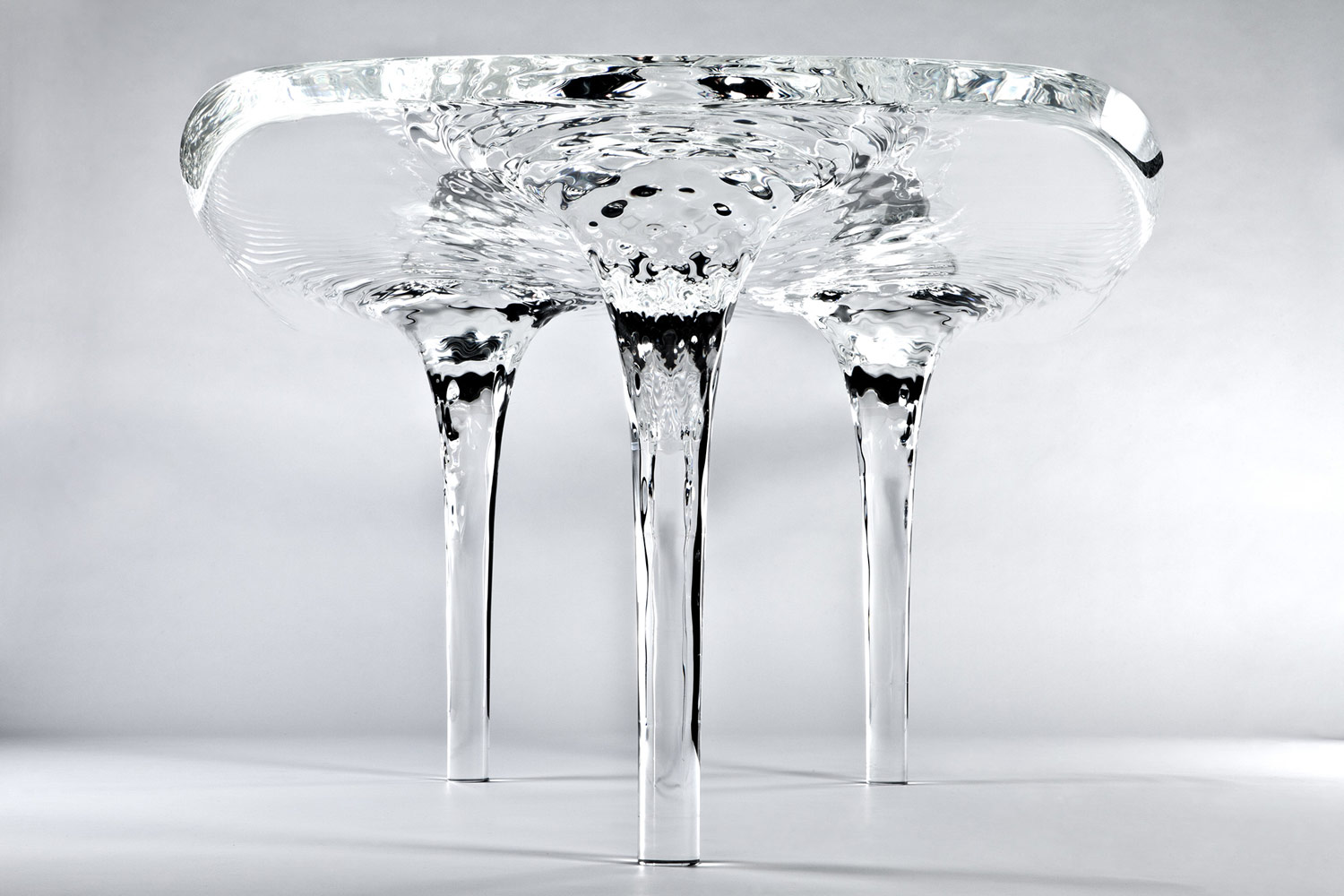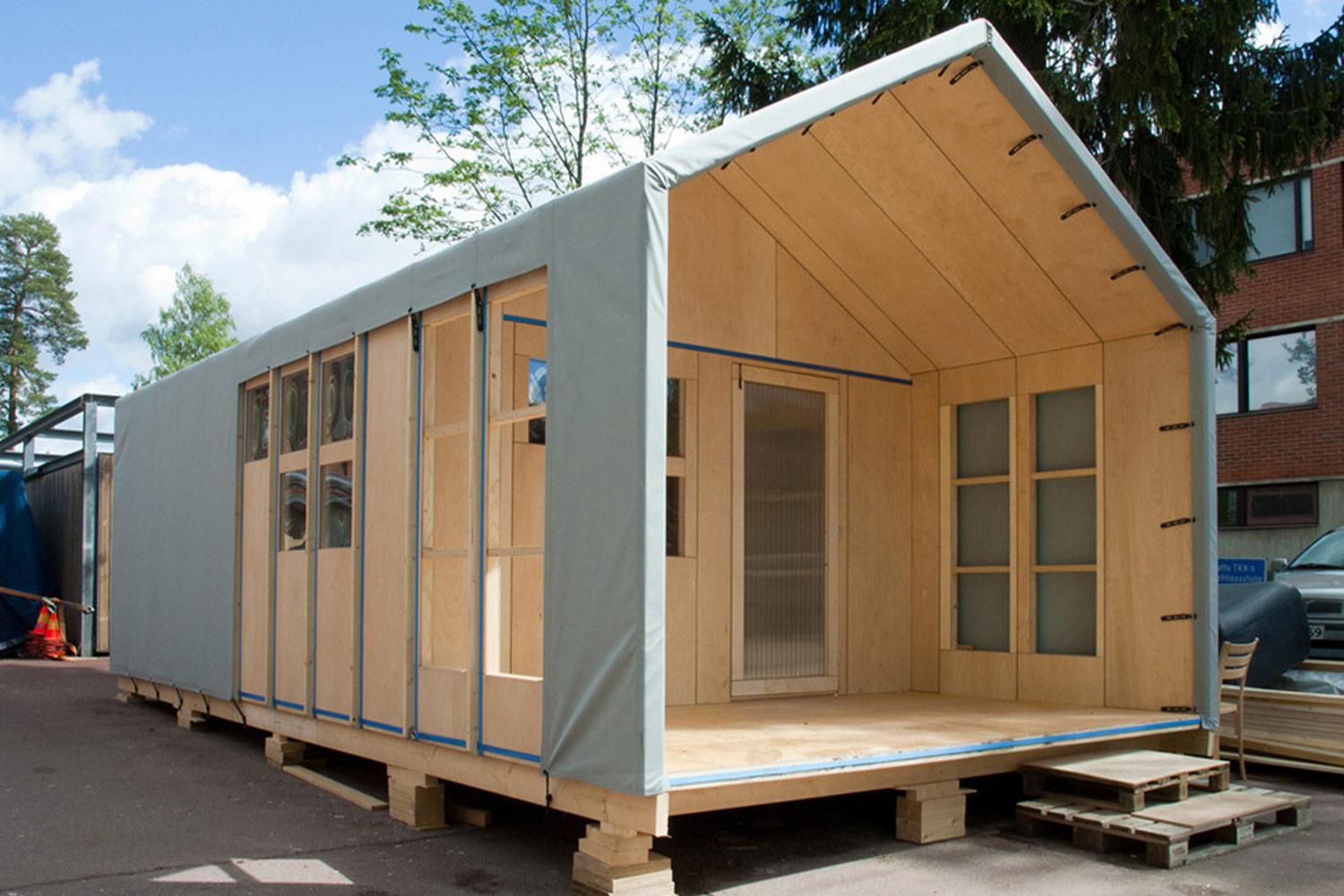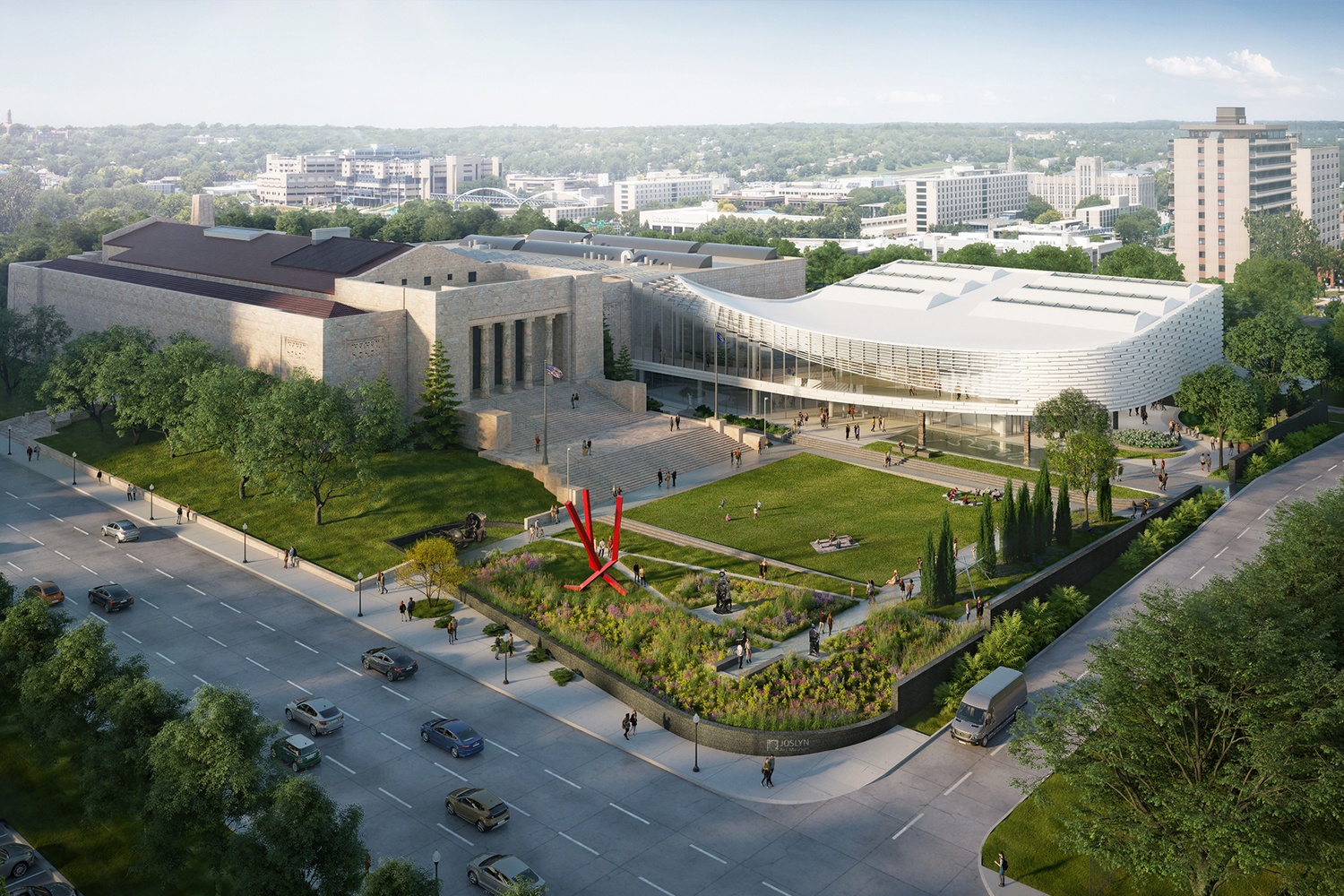Text description provided by architects. Flux Vault is a stone vaulted pavilion designed by Maurizio Barberio and Giuseppe Fallacara in collaboration with the French company S.N.B.R. The pavilion represents the design of the representative stand of the same company and is designed for Rocalia, the fair dedicated to natural stone to be held in Lyon in December 2017.
Flux covers an area of 36 sq.m. (4.5 x 8 m) and has a maximum height of about 3.20 meters. The shape of the pavilion derives from a base surface formed by a network of exclusively catenary curves, in order to make the vault predominantly subjects to compressive stresses.
The Flux Vault structure has been designed to be mounted very quickly with the help of very limited support structures in order to avoid the construction of a true centring. Each block is designed to weigh less than 500 kg, so as to facilitate assembly.
For this reason, on the contact faces of each voussoir, there is a metal fixing system, glued to the stone voussoirs by epoxy resin and through pins of about 10 cm inside them. A bolted fastening system placed on the plates at the outer edges of each concave stone voussoirs serves to join the segments between them.
The structural system just described has undergone preliminary structural verification. The verification was carried out on the bearing part in stone (arches and supports) in the hypothesis that the structural behaviour was similar to a two-dimensional monolithic shell.
The FEM analysis allowed to estimate the mechanical behaviour in the first loading phases of the vault and the influence of the shape on the behaviour of the structure. The catenary form of the structure has shown that the tensile stresses present are negligible. The compression stresses are less than 70% of the maximum resistance of the stone, equal to 40 MPa.
The manufacturing process of the first voussoirs demonstrated the perfect correspondence between the digital model and real production. The manufacture of the voussoirs, due to the complexity of their morphology, requires the exclusive use of a robotic arm.
The robot has been used both for block milling operations (intrados, extrados, edges), and cutting the joint. The latter, since they consist exclusively of planar surfaces have been shaped using the diamond wire cutting. This technique allows reducing the waste generated by cutting operations and to proceed to cut with great speed.
The sculptural relief of the intrados materializes the flow of internal forces to the structure, drawing its path, without discontinuity from the key to the ground. This architectural choice, on the one hand, enhances the technical ability of the state-of-the-art CNC machines, and on the other hand, searches for an architectural language that reconnects with the centuries-old sculptural tradition through absolutely contemporary forms and processes. An upper “cap” made of micro-cement may complete the structure.
Project Name : Flux Vault
Architect : Maurizio Barberio, Giuseppe Fallacara
Location : Lyon, France
Collaborator : S.N.B.R
Building Type : Pavilion
Area : 36 m2
Project Year : 2017
Photograph : GaZ Blanco (www.gazblanco.com)









